At present, the Mekong River water level is similar to the historic dry year of 2015. The MDM (Mekong Dam Monitoring Project) bulletin summarizes: Drought is recurring with serious severity in most areas of the Mekong River Basin. River water levels at all gauges along the mainstream are falling and most are at unprecedented lows. Water storage in upstream dams, especially in China and Laos, continues to aggravate the drought.
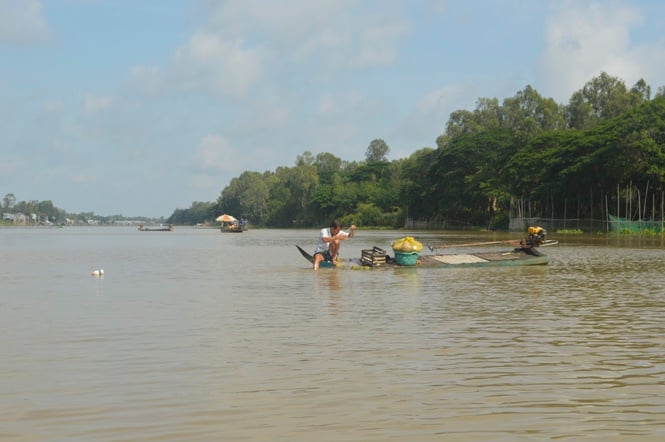
In 2023, the West is likely to have no floods.
Upstream hydropower increases water storage
According to MDM, over the past week, hydropower dams across the basin have stored a total of nearly 2 billion cubic meters of water. Dams that have stored over 300 million cubic meters of water include the Xiaowan Dam (China) and Lao dams such as Nam Ngum 1, Nam Ngiep 1 and Nam Theun 2. Storing water during the rainy season is detrimental to Mekong River communities because it lowers the Mekong River water level and reduces the benefits of Mekong floodwaters.
It is estimated that in Chiang Saen (Thailand), just below the Chinese dams, the flow is 38% lower than normal. River levels in most of the Mekong River basin are low and tending to decrease. Water levels in Vientiane (Laos) are near record lows and river levels in Stung Treng (Cambodia) are about 2m lower than normal.
Flood levels in September continue to be low
A similar report by the Southern Institute of Water Resources Planning said: In the middle of the flood season, last week the water level increased slightly but the water on the main stream of the Mekong River remained low. As of August 31, the water level at Kratie station in Cambodia was 2.89m lower than the average of many years. At Tan Chau on the Tien River, the highest water level recorded on August 30 was 1.03m lower than the average of many years and 0.04m lower than 2015. 2015, a year with El Nino, was one of the years when the flood level of the Mekong River was low. Similarly, at Chau Doc on the Hau River, it was 0.62m lower than the average of many years but 0.1m higher than 2015.
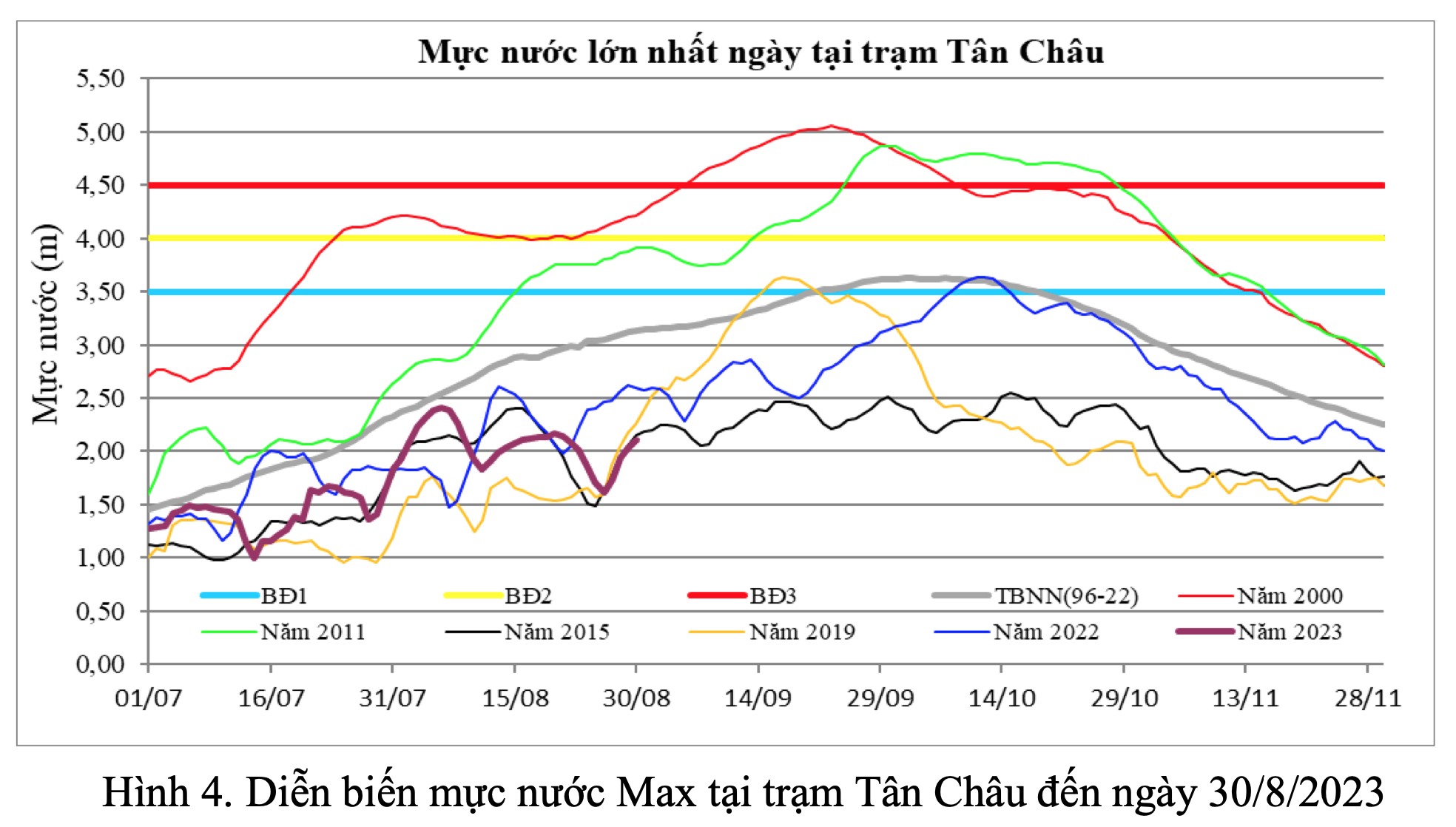
Water level developments in 2023 are similar to those in 2015.
It is forecasted that in September, the water level of the Mekong River at Tan Chau and Chau Doc will tend to increase with an average intensity of about 2 - 3.5 cm/day. By September 30, the highest water level at Tan Chau reached 3.1m, 0.52m lower than the average of many years; and at Chau Doc it was 2.8m, 0.43m lower than the average of many years. This water level is still much lower than the alarm level 1.
However, in the central region, due to the combined impact of water flowing from upstream and high tides, the water level at Can Tho station on the Hau River can reach 2.1m, 0.45m higher than the average of many years; at My Thuan on the Tien River it can reach 2m, 0.53m higher than the average of many years. Both of these stations are 0.1m higher than in 2022.
In coastal areas, people need to pay attention to avoid high tides. The forecasted peak tide in September 2023 is much higher than the average of many years and higher than the peak tides of 2022 and 2021. High tides are likely to cause flooding in low-lying areas, especially coastal provinces such as: Ben Tre, Soc Trang , Bac Lieu, Ca Mau, Kien Giang...
Source link













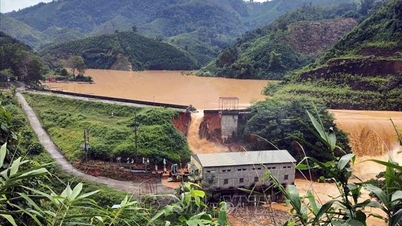




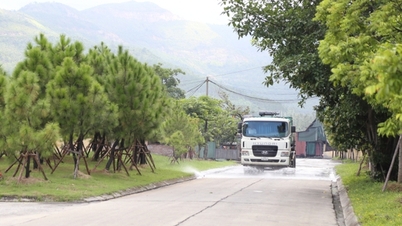






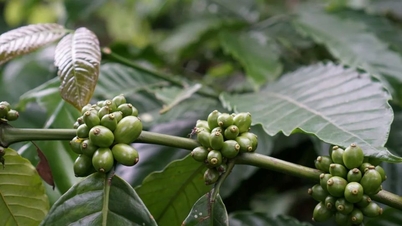




















































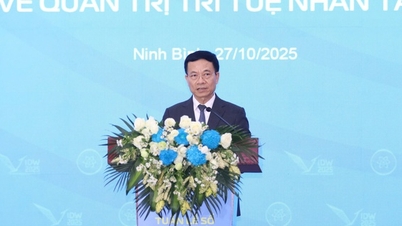




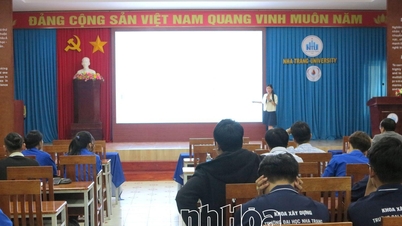


















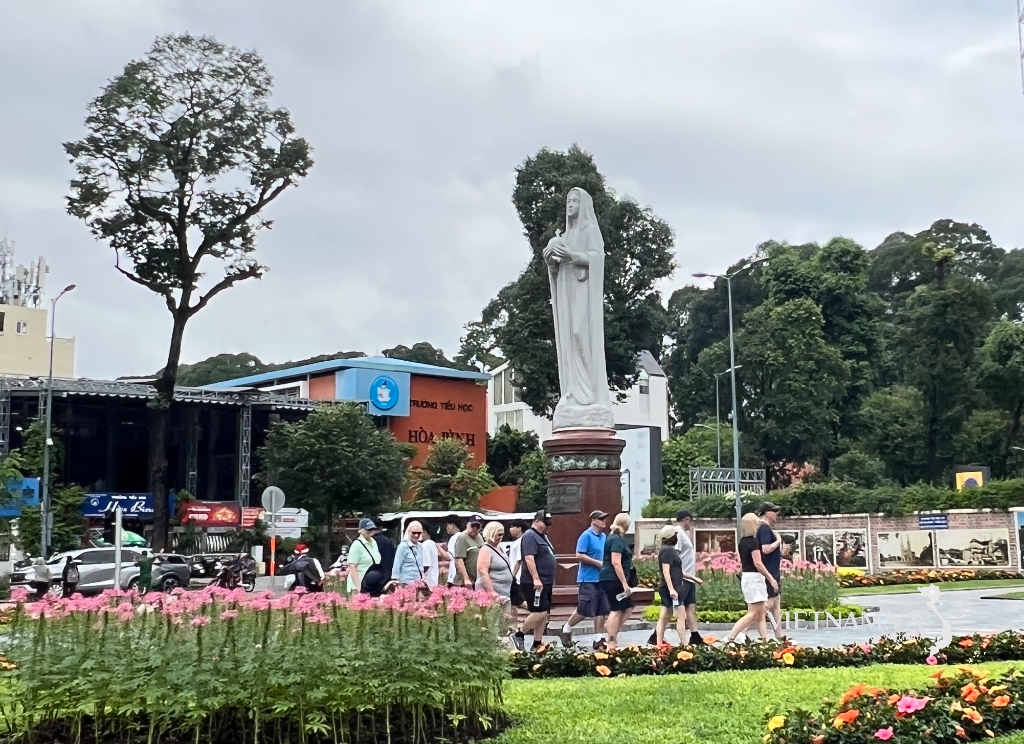



Comment (0)